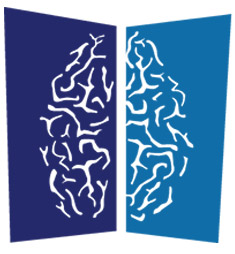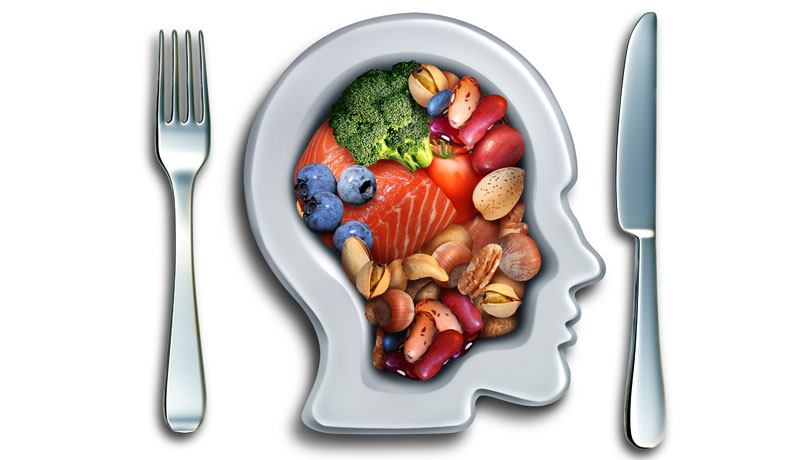Want to be a superager? If that’s a question, it’s clearly a rhetorical one. A superager has a super, youthful brain. Who wouldn’t want a youthful brain?!
The term superager refers to those older people whose mental acuity (distinguished by both memory and attention span) isn’t just average for their age but matches that of a brain of someone decades younger. This has both surprised and intrigued researchers.
What Is a Superager?
Superager was first defined by Marsel Mesulam, a neurologist and the director of Northwestern’s Cognitive Neurology and Alzheimer’s Disease Center (CNADC). He is part of the SuperAging project, funded by the National Institute on Aging (NIA), which seeks to explore the factors that contribute to extraordinary mental abilities of memory and attention in older individuals (age 80 and above).
In a 2012 study at the CNADC, the MRIs of 12 “SuperAgers” revealed they had no age-related atrophy of the cerebral cortex, the area of the brain responsible for memory, attention, thinking and language. Unexpectedly, a region further inside the brain that’s involved in social behavior (the anterior cingulate cortex) was also thicker.
The superager definition has since been expanded. In a September 2016 study, the authors explain that they have redefined the superager topic to include those at or near retirement age (60 to 80 years old). The reason is that experts notice a drop-off in cognitive abilities beginning at around age 65. This wider age range has been the subject of focus by other experts interested in superager research.
Traffic at the Arc de Triomphe
Consider the earlier scientific belief regarding the neurological structure of the brain. In the 1940s, a model of the human brain was developed by neuroscientist Paul MacLean. This model became prominent in the 1960s. Even though it’s still in use in some circles, contemporary neurology has refuted it.
MacLean postulated what became known as the triune brain (consisting of three in one):
- the reptilian brain, the oldest, which controls the body’s vital functions (heart rate, breathing);
- the limbic brain, which includes the hippocampus, amygdala and the hypothalamus, and which can record memories and is responsible for emotions;
- the neocortex, with its two large cerebral hemispheres, responsible for the development of language, abstract thought, consciousness and imagination.
The current view of the brain, however, differs. Think of traffic circling around the famed Arc de Triomphe in Paris. It is one of the craziest roundabouts in the world, where dozens of boulevards converge and cars perform a ballet of transportation. Scientists have determined that’s what the brain is actually like.
There are brain areas with a high degree of connectivity, referred to as hubs, which are critical for regulating flow and integration of information between regions. These are further distinguished by a “rich club” of 12 well-connected hubs, the Arc de Triomphe “on steroids,” which regulate all brain activity. So there are no separate areas of activity, delineating between the “emotional” and “cognitive,” as previously believed in MacLean’s model. They are all intertwined.
The Shrinking Brain
Brains grow rapidly during childhood but begin to shrink around age 25 and continue to do so increasingly as we age. This shrinkage is a major factor in cognitive decline, stroke and early death.
But scientists now believe that a thinning and diminishing brain is not inevitable. Neuroscience dictates that the brain is like a muscle, so “use it or lose it.” “Working out” the brain can help it thicken and grow new neurons and pathways—a process that can continue well into old age.
Work It Hard, Mentally and Physically
In a recent widely-publicized article in the New York Times Sunday Review (1/1/17) researcher Lisa Feldman Barrett, a professor of psychology at Northeastern University and a researcher at Massachusetts General Hospital, quotes her’s and other research showing that when people perform both physical and mental tasks, the hubs of the brain are thickened. She gives examples of people well into old age with active physical and intellectual lives.
Her observations from many labs show that the critical brain regions increase in activity with mental and physical effort. However, in order to achieve significant benefits, Feldman Barrett says that activity can’t be casual, boring or easy. No simple crossword puzzles.
The key is that these efforts must be rigorous or difficult. This means vigorous and/or extended exercise and strenuous mental effort. If you’ve ever pushed yourself to run that last mile, do that last set of pushups or solve a difficult problem, you’ve got the idea. Now, you just have to make it a habit!
Feldman Barrett quotes the Marine Corps motto: Pain is weakness leaving the body. If you’re willing to endure the temporary discomfort, even at older ages, the rewards are substantial—a sharper memory and greater ability to pay attention.
Exertion—including such activities as learning a new language, mastering a musical instrument or pushing yourself in physical exercise—can help in the fight against aging (thinning) brains.
So, to borrow another military slogan, this one from the Army: Be all that you can be!
Originally posted on the Huffington Post.

ANA is a team of expert neurosurgeons and medical professionals, who combine their decades of knowledge to provide information, events, and articles on a range of neurological conditions.



